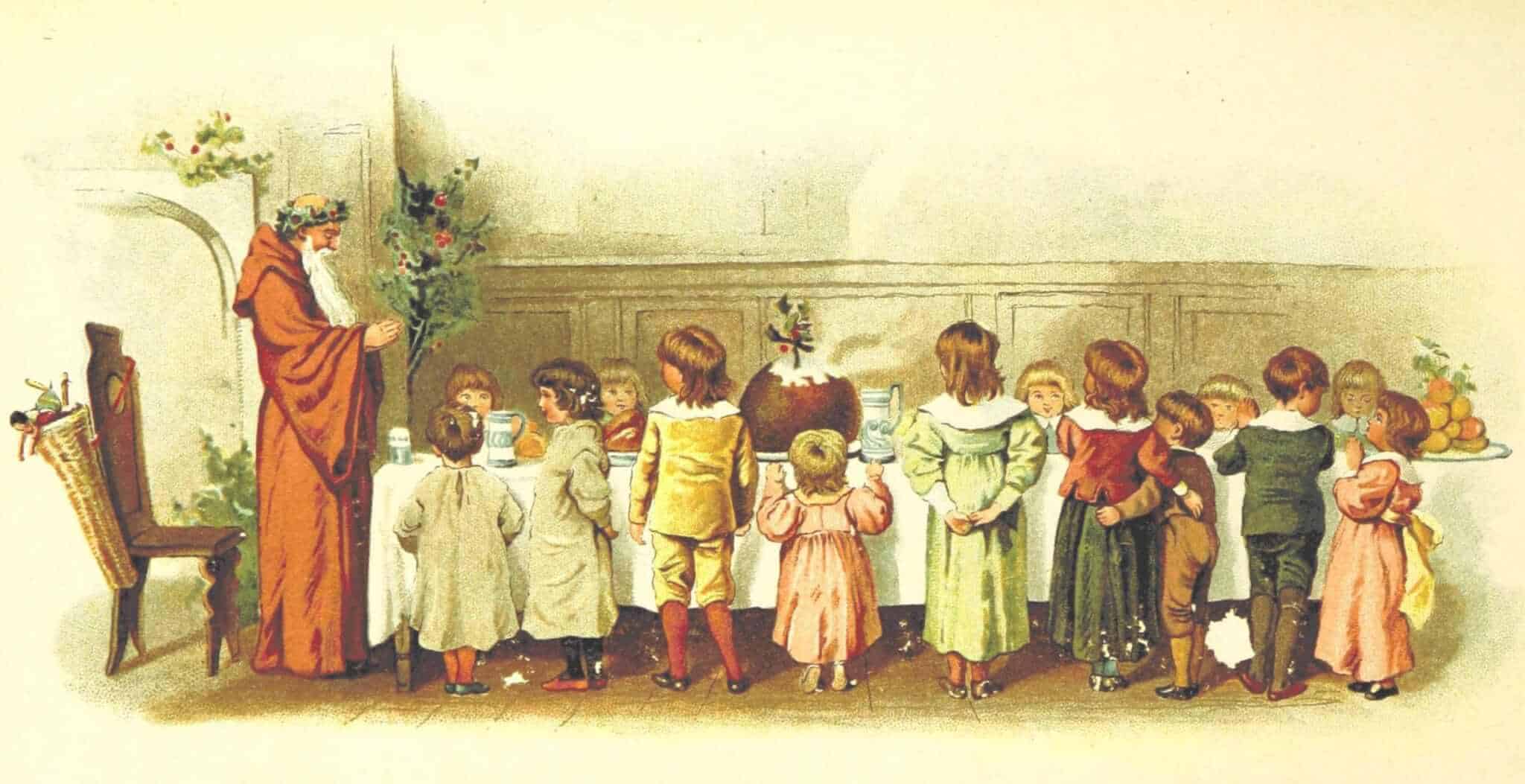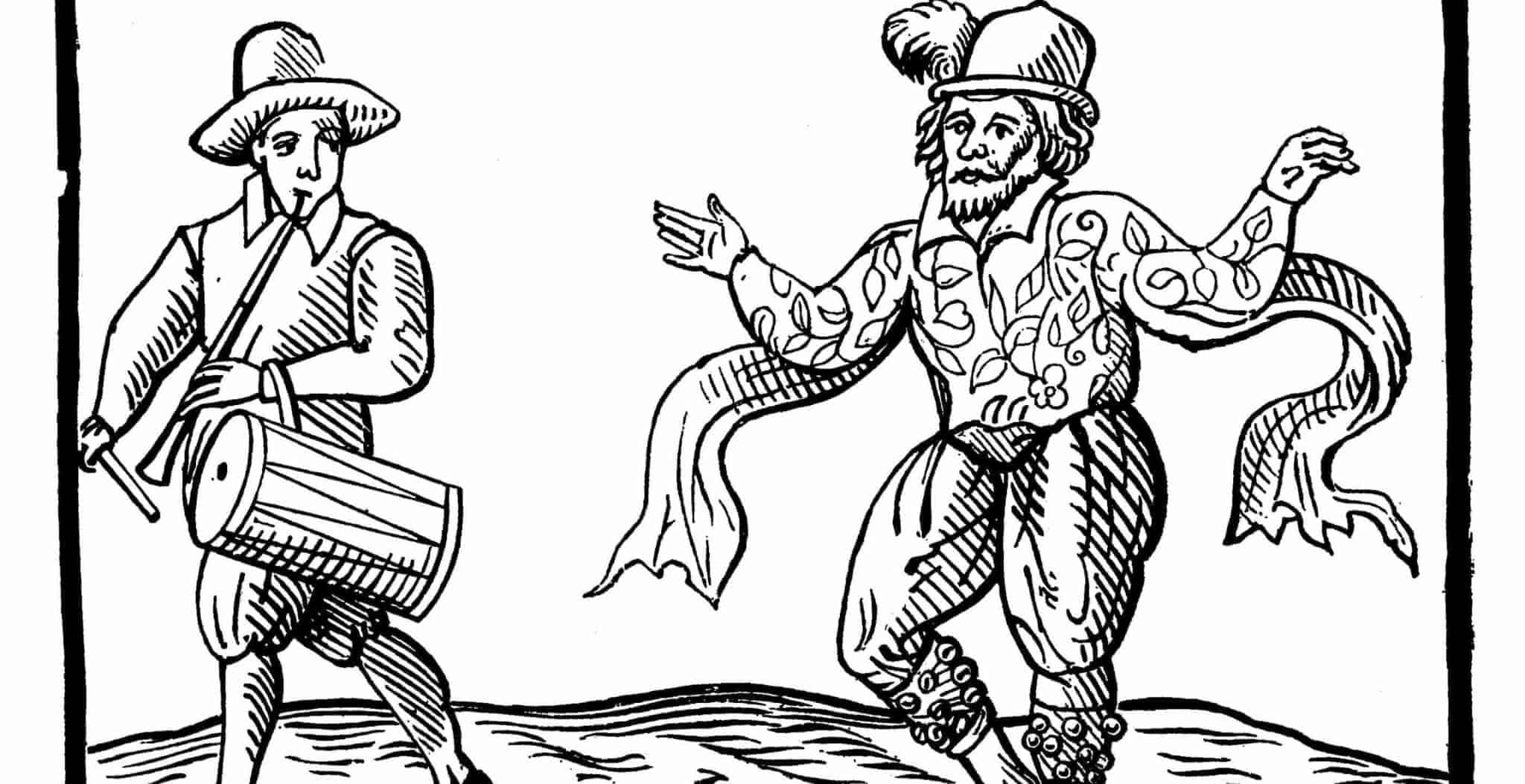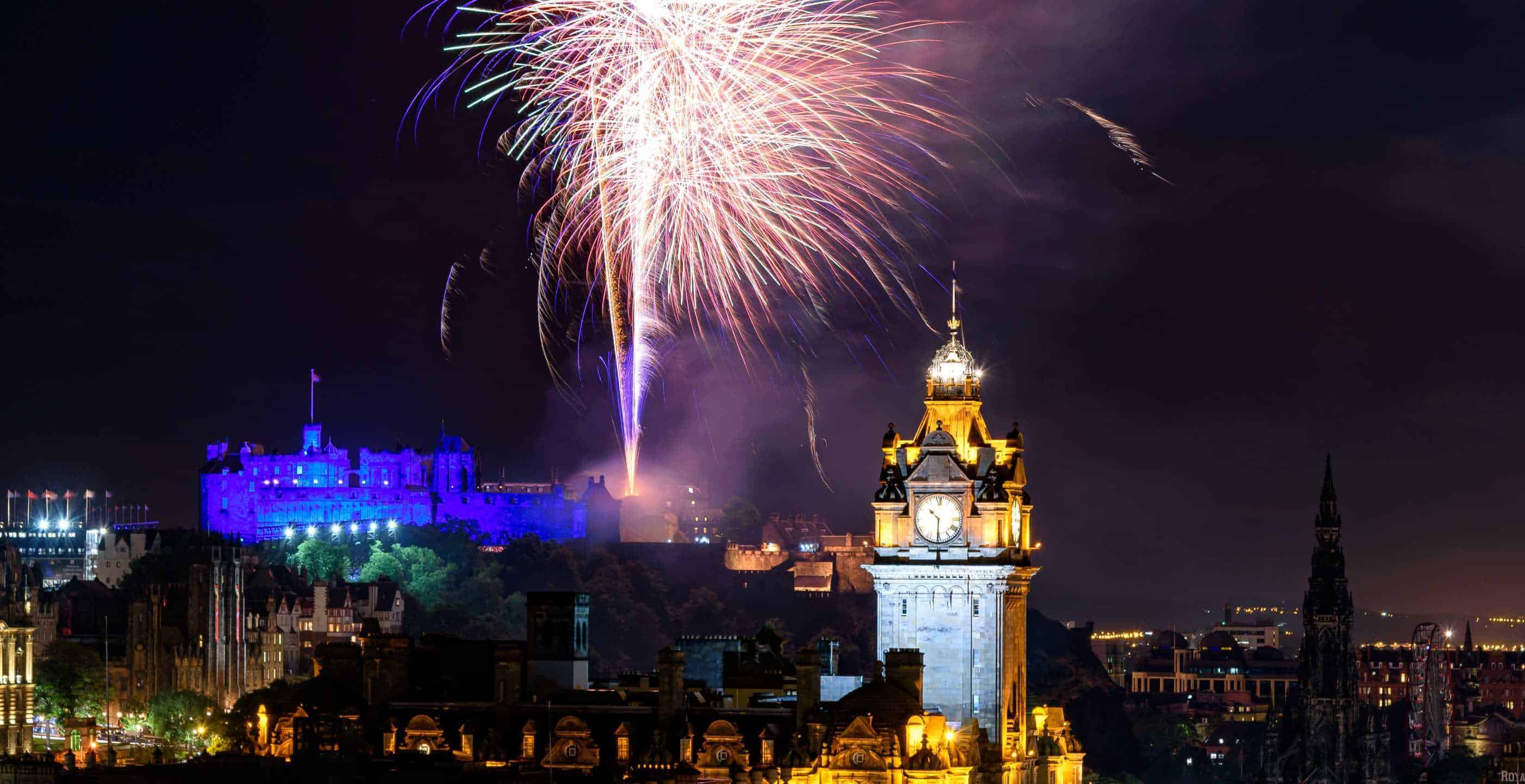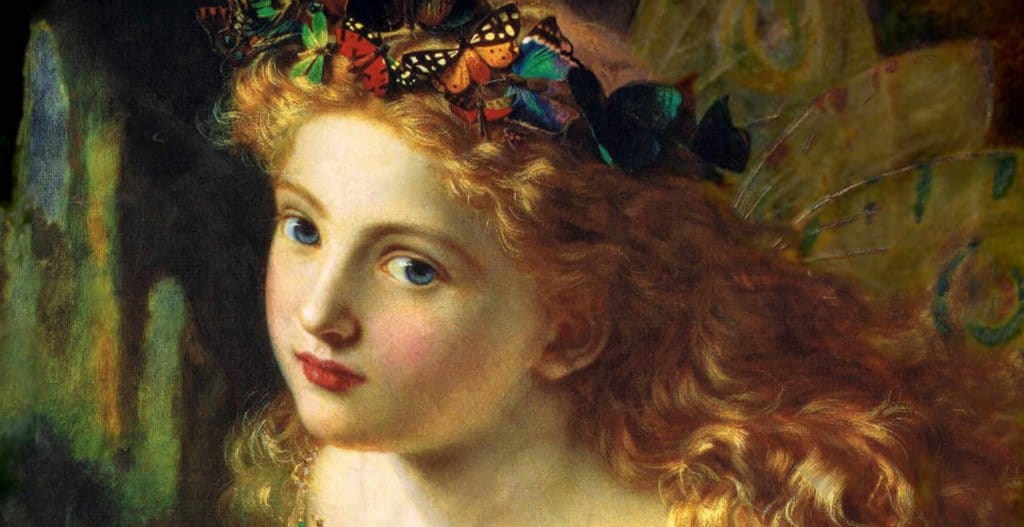Have you ever wondered why people hang stockings up by the fireplace on Christmas Eve for Father Christmas (or Santa Claus) to fill with small gifts and goodies?
Children all over the world have St Nicholas to thank for this custom, although those who celebrate his feast day receive their treats on December 6th (St Nicholas Day) rather than Christmas Eve.
So who was St Nicholas? St Nicholas is the patron saint of children and sailors and lived in the 4th century in Turkey. After being imprisoned for his Christian faith (he was Bishop of Myra), he died on 6th December around AD 343. Originally buried in Myra In 1087, his bones were stolen from Turkey by some Italian sailors and taken to the Italian port of Bari. However his remains are said to have been taken later to Ireland by Irish-Norman crusader knights who brought them back to Newtown Jerpoint in around 1200. A church was built at Newtown Jerpoint and dedicated to the saint, his remains being buried in the graveyard. The beautifully carved grave slab there depicts St Nicholas flanked by two crusader knights.
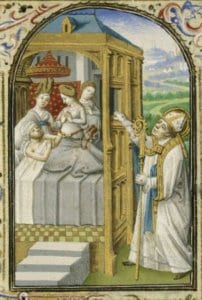
The most famous story about St Nicholas concerns a poor man with three daughters but no money for their dowries, so they couldn’t be married. One night St Nicholas dropped a purse of coins down the chimney into the house so that the eldest daughter would have enough money to get married. The purse fell into a stocking, put by the fire to dry.
St Nicholas repeated the act and the second daughter was able to be married. The father was by now beside himself to find out who was so kindly giving money to his family. Night after night he kept watch by the fire until St Nicholas returned with money for the third daughter’s dowry. Caught redhanded, Nicholas begged the father not to say anything as he did not wish his good deeds to be known. However the story soon got out and from then on, whenever anyone received a mystery gift, it was said to be from Nicholas.
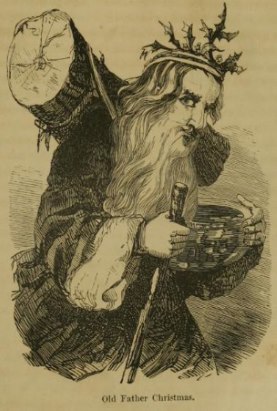
In this way, St Nicholas became the inspiration for Santa Claus and in Britain, Father Christmas. Originally part of an old English midwinter festival where he was associated with the adult pleasures of eating, drinking and making merry, nowadays Father Christmas is largely synonymous with Santa Claus.
And as for the rather unique form of travel favoured by Father Christmas – reindeer and sleigh – we have to look to the poem ‘A Visit from St. Nicholas’ or ‘T’was the Night before Christmas’. Published in 1823, the poem describes the eight reindeer and names them: Dasher, Dancer, Prancer, Vixen, Comet, Cupid, Dunder and Blixem. The song ‘Rudolph the Red nosed Reindeer’, written in 1949, adds Rudolph to the reindeer team.
